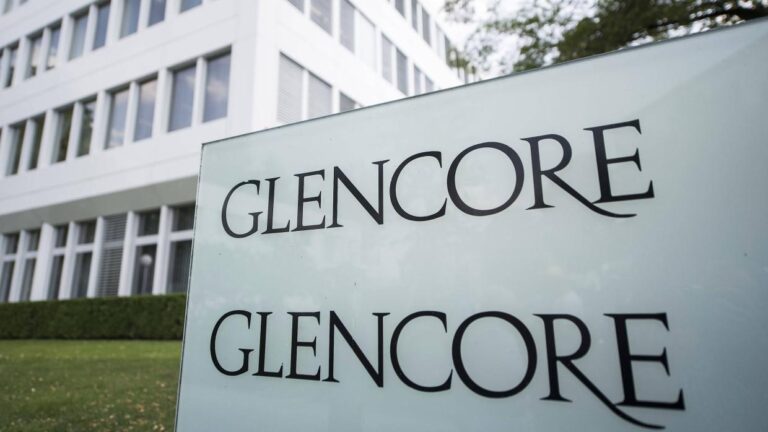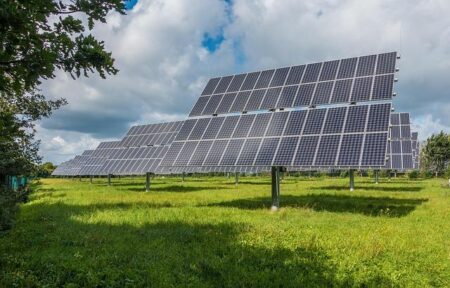Glencore has secured a $395 million financial package from the Australian government aimed at keeping one of its key smelting operations running amid challenging market conditions, Bloomberg reports. The move highlights the strategic importance of the facility to Australia’s industrial landscape and the broader supply chain, as well as the government’s commitment to supporting critical domestic manufacturing capabilities during a period of global economic uncertainty.
Glencore Secures Significant Australian Government Support to Sustain Smelter Operations
Australia’s government has announced a $395 million financial package aimed at ensuring the continued operation of Glencore’s key smelting facilities. This intervention comes amid rising concerns over energy costs and the global supply chain disruptions impacting the heavy industry sector. The funding is expected to support operational costs, facilitate essential upgrades, and safeguard hundreds of jobs tied directly to the smelter’s ongoing output.
The move signifies a strategic effort by policymakers to bolster the nation’s industrial backbone while promoting economic stability in the region. Key details of the government’s support include:
- Subsidies targeted at energy consumption reductions
- Infrastructure modernization grants
- Commitments to environmentally sustainable practices
| Funding Aspect | Details |
|---|---|
| Amount Released | $395 million |
| Primary Focus | Operational Sustainability |
| Job Protection | Approximately 500 positions |
| Environmental Programs | Advanced Emission Controls |
Economic and Environmental Implications of Government Funding for Glencore’s Smelting Facilities
Australia’s injection of $395 million into Glencore’s smelting operations underscores a strategic economic maneuver aimed at preserving vital industrial jobs and stabilizing domestic supply chains. This substantial funding is expected to safeguard hundreds of direct and indirect jobs, supporting regional economies that heavily depend on the smelting sector. Beyond employment, the financial support bolsters Australia’s position in the global commodities market by ensuring uninterrupted production of critical metals essential for infrastructure, technology, and renewable energy components.
However, the environmental ramifications of keeping the smelters operational pose complex challenges. While the funding aims to support economic resilience, critics highlight concerns about sustained emissions and the potential delay in transitioning toward greener technologies. The government and Glencore have promised investments in sustainability measures, including:
- Upgraded emission controls to reduce pollutants and greenhouse gases
- Increased use of renewable energy within smelting processes
- Research into innovative smelting technologies with lower environmental impact
| Economic Benefits | Environmental Actions |
|---|---|
| Job retention (approx. 800 roles) | Emission reduction technologies |
| Stable metal exports | Integration of renewable energy |
| Supply chain security | Research & development investments |
Policy Recommendations for Balancing Industrial Support and Sustainable Development in Australia
To strike a careful balance between supporting key industrial players like Glencore and advancing sustainable development goals, Australian policymakers must prioritize transparent, outcome-driven frameworks. This involves creating conditions where financial support is directly linked to measurable environmental improvements and long-term job security. Promoting investment in cleaner technologies within existing industrial facilities can help reduce their carbon footprint while maintaining economic viability. Encouraging public-private partnerships focused on innovation will also be critical to transitioning legacy industries to greener operations without abrupt economic disruptions.
Key Strategies for Consideration:
- Implementing strict environmental performance criteria tied to funding disbursement
- Incentivizing the adoption of renewable energy and waste reduction initiatives within smelter operations
- Enhancing workforce retraining programs focused on emerging green industries
- Establishing clear timelines and benchmarks to phase out unsustainable practices
| Policy Element | Expected Impact |
|---|---|
| Environmental Performance Metrics | Lower emissions and improved sustainability reporting |
| Green Technology Investment | Modernized facilities with reduced operational costs |
| Workforce Retraining Programs | Enhanced employment stability and skill diversification |
To Conclude
As Glencore secures $395 million in funding from the Australian government to maintain operations at its key smelting facility, the move underscores the strategic importance of the mining and metals sector to the nation’s economy. While the injection provides short-term relief and preserves jobs, it also raises ongoing questions about the balance between industrial support and environmental considerations. Stakeholders will be watching closely to see how this partnership evolves amidst shifting market dynamics and regulatory landscapes.




